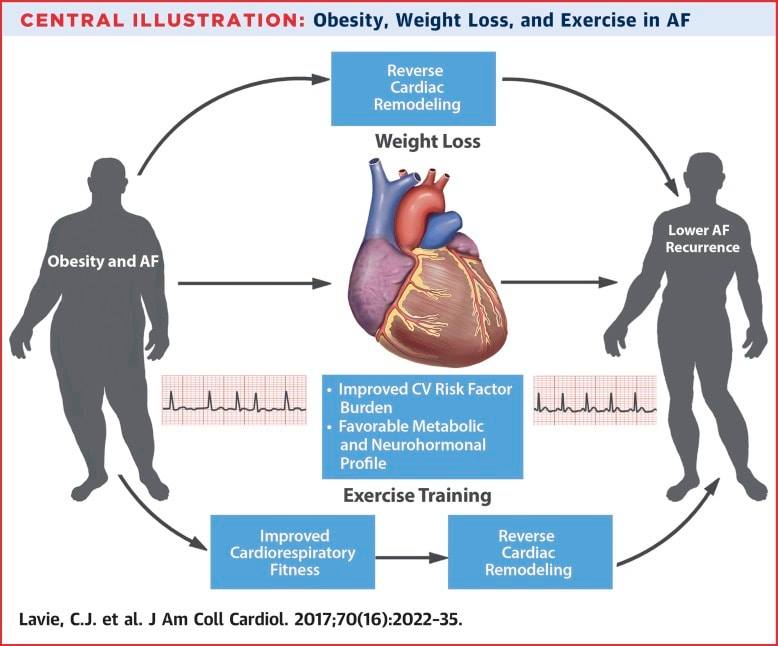4 Μαρτίου 2021, Παγκόσμια ημέρα παχυσαρκίας, Exercise and Fitness Effect On Obesity
 Obesity represents a significant public health concern with one-third of adults classified as living with obesity in the United States and correlates with cardio-metabolic comorbidities that can decrease the quality of life. Researchers have proposed that exercise is an important lifestyle measure to maintain a healthy weight. This review will cover the role of exercise in obesity and fitness.
Obesity represents a significant public health concern with one-third of adults classified as living with obesity in the United States and correlates with cardio-metabolic comorbidities that can decrease the quality of life. Researchers have proposed that exercise is an important lifestyle measure to maintain a healthy weight. This review will cover the role of exercise in obesity and fitness.Obesity is an excessive fat accumulation in adipose tissues and defined by a body mass index (BMI) 30 kg/m2 and above. Individuals in the BMI range of 25 to 30 kg/m2 are categorized as overweight while a BMI of 40 kg/m2 and above is morbidly obese. Obesity correlates with increasing an individual’s risk of cancers, stroke, metabolic disease, heart failure, and other cardiovascular conditions, highlighting the need to reduce incidence and prevalence of obesity. Chronic low-grade inflammation associated with obesity is hypothesized to have associations with the adverse cardio-metabolic side effects. Although short term inflammation is beneficial to initiate an immune response, chronically elevated levels of inflammation exhaust the immune system and contribute to immune dysfunction. Researchers posit that this inflammation is stimulated by the excess adipose tissue, which has consistently shown to play a role as an active endocrine organ.
Reducing adipose tissue is one of the ways to reduce weight in individuals with obesity, and is necessary to mitigate negative cardio-metabolic co-morbidities in obesity. Two methods exist that can effectively decrease adipose tissue and include:
1. Dietary modification
2. Energy expenditure modification (i.e., exercise)
FULL ARTICLE

